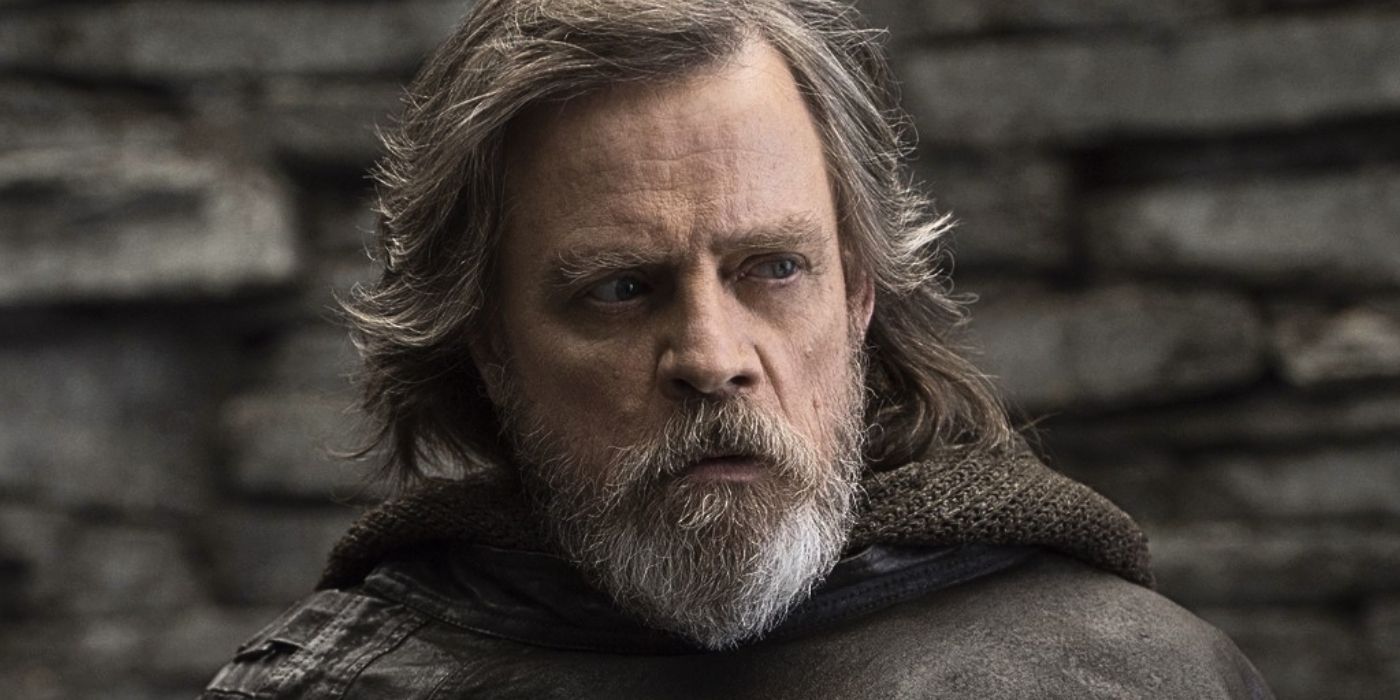
For over four decades now, the iconic “Star Wars” series has been whisking viewers off to a distant galaxy. It’s not only one of the most acclaimed and financially successful film franchises ever created but also has cultivated an immense, multi-generational fanbase. To date, the “Star Wars” saga has released 11 live-action films, with even more movies in development.
Star Wars has left us spellbound with its captivating characters, gripping narratives, and thrilling action. However, not all filmed moments end up in the movies as released. The creators omitted certain scenes, either finding them redundant or trimming the movie’s length. Yet, not every fan concurs with these choices. Some of these excised scenes could have enriched our comprehension of the plot. Others might have significantly altered our viewing experience, even impacting our own level of enjoyment as fans.
Here are 10 deleted scenes that probably should’ve been left in the Star Wars franchise.
10
Han’s Time in the Empire
‘Solo: A Star Wars Story’ (2018)
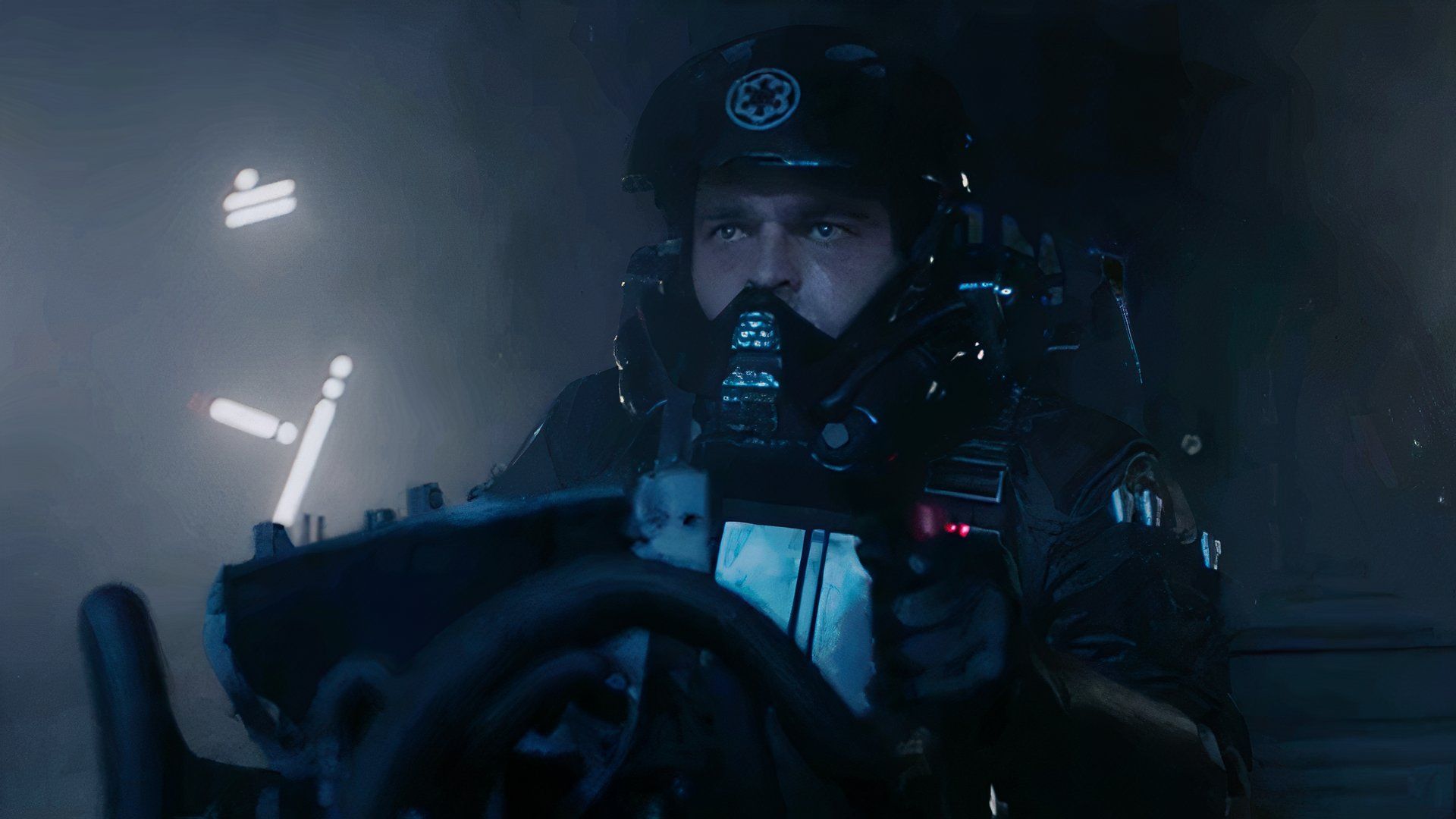
The movie titled “Solo: A Star Wars Story” is a self-contained episode within the “Star Wars” universe that delves into the beginnings of the charming rogue Han Solo, portrayed by Alden Ehrenreich (not Harrison Ford). The film starts with a fascinating aspect of Han’s past. He enlists in the Empire and rises through the ranks to become an Imperial Navy flight cadet, receiving his last name “Solo” during this time. The movie briefly touches upon Han’s experiences within the Empire before moving forward to his stay on Mimban, where he had already been dismissed from the Imperial Flight Academy due to disobedience.
An additional scene, initially omitted from the movie, provides further insight into the transition depicted in the film. This scene offers a glimpse of Han’s time as an Imperial flight cadet, where he is shown wearing an Imperial uniform and piloting a TIE Fighter. However, this flight ends in a crash due to his disregard for orders. As a result, he is brought before a court-martial and is exiled to Mimban as punishment. This scene not only clarifies the events leading up to Han’s arrival on Mimban but also reveals where he acquired his flying skills and underscores his defiant attitude towards his Imperial superiors. It might have given Solo movie fans a slightly improved perception of the film.
9
Captain Phasma’s Death
‘Episode VIII – The Last Jedi’ (2017)
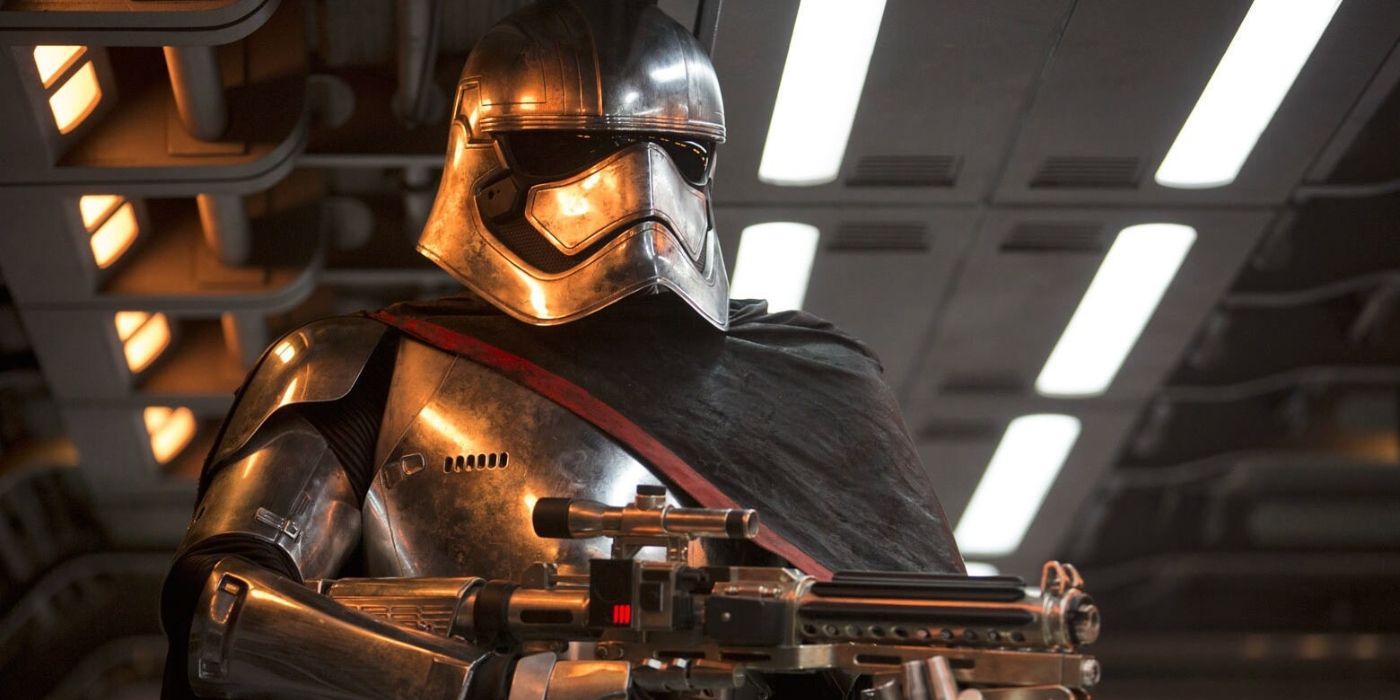
Captain Phasma, portrayed by Gwendoline Christie, is a female stormtrooper and a high-ranking officer in the First Order. Ever since her debut in The Force Awakens, she has been established as an enigmatic secondary antagonist due to her rivalry with Finn (John Boyega) and her sleek, metallic armor that echoes the iconic Boba Fett. However, similar to Boba Fett, Phasma’s character potential was not fully realized in the sequel trilogy, with a somewhat underwhelming conclusion (though Disney later expanded Boba Fett’s story through their TV shows). In The Last Jedi, Phasma meets her demise when the ground collapses beneath her, leading to a rather unceremonious fall into a fiery abyss.
As a movie critic, I must admit that the omitted scene in the film provided a far more grandiose and fitting finale for Captain Phasma. Following our altercation, Finn reveals to her troops how Phasma had betrayed the First Order. Suspecting reprisals, she switches sides, revealing a more sinister aspect of Phasma’s character. Finn then ends Phasma’s life with a final shot, sending her plummeting towards her demise. Although it may seem insignificant in terms of the overall storyline, this deleted scene would have given fans a more gratifying conclusion to Captain Phasma, rather than leaving them with an unsavory aftertaste.
8
Luke and Biggs on Tatooine
‘Episode IV – A New Hope’ (1977)
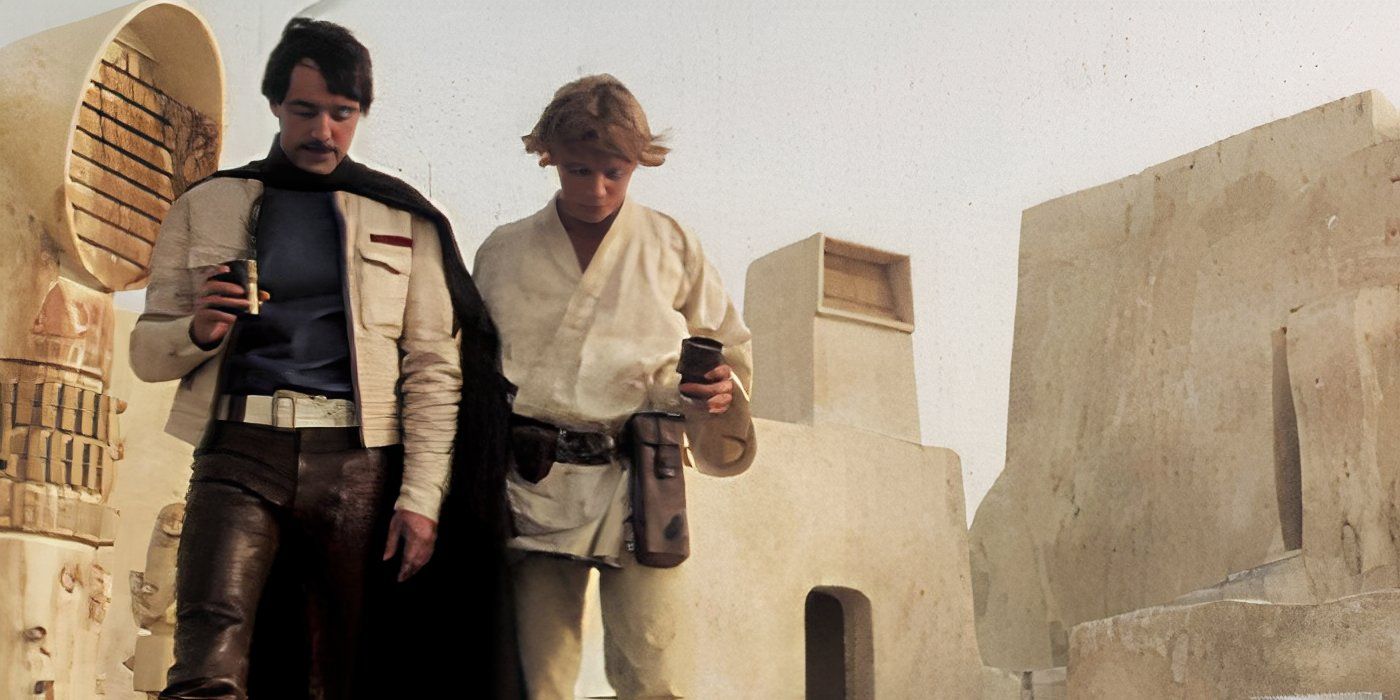
Initially, our protagonist, Luke Skywalker (Mark Hamill), expresses much frustration in Star Wars: A New Hope upon learning that a friend named Biggs had departed their homeland of Tatooine to fight for the Rebellion against the Empire. Interestingly, there was a cut scene where Luke and Biggs shared moments on Tatooine, during which Biggs communicated his intention to join the Rebel Alliance, thus sparking Luke’s contemplation about joining the cause himself.
This scene, originally planned by George Lucas, delved deeper into Luke’s longing to depart from Tatooine and his sense of imprisonment there, as well as illuminating more aspects of their friendship with the enigmatic character, Biggs. However, this scene was cut, and instead, we encounter Biggs at a later stage in the storyline, following Luke’s own entry into the Rebel Alliance. Regrettably, Biggs is swiftly killed off, leaving us somewhat indifferent given our brief acquaintance. Had we been introduced to Biggs earlier in the movie, as intended by Lucas, our emotional response might have been more profound.
7
Luke Mourning Han
‘Episode VIII – The Last Jedi’ (2017)
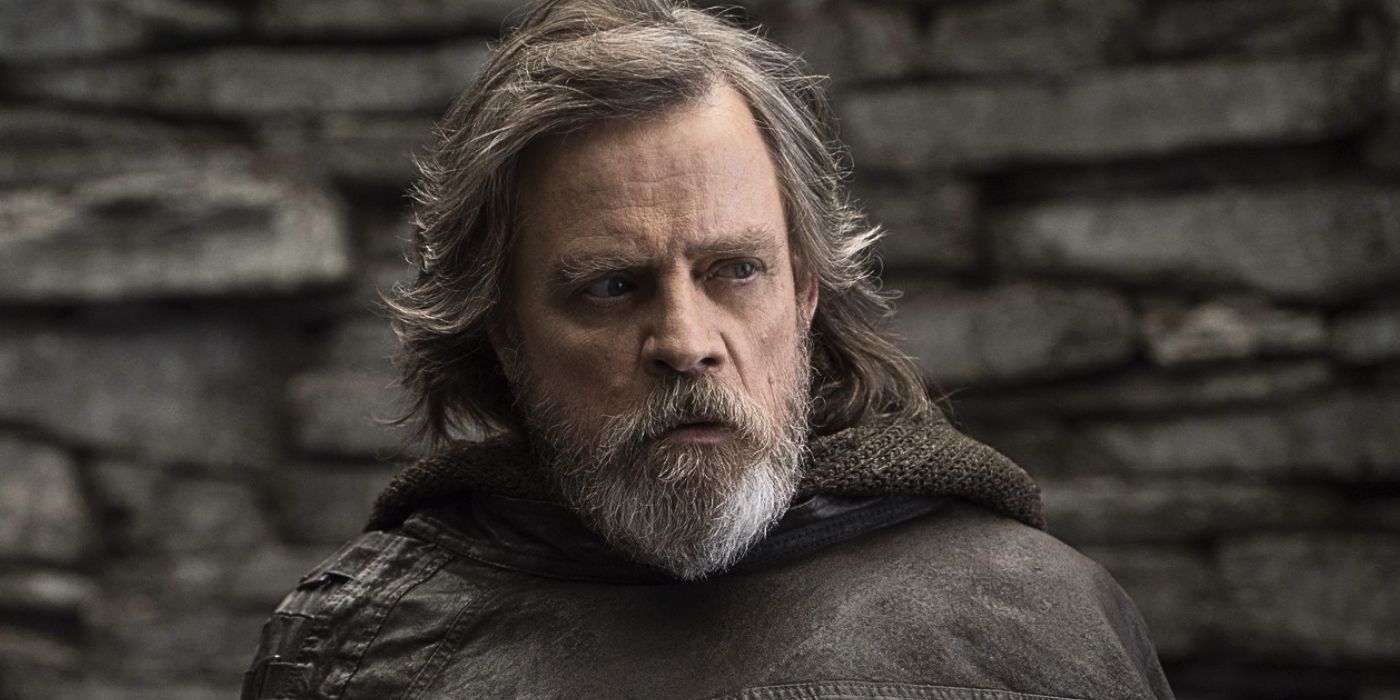
In “The Force Awakens,” we see just a few minutes of Luke Skywalker portrayed by Mark Hamill. This means that we didn’t get to witness his response to the death of his close friend, Han Solo (Harrison Ford). It was intended that this moment would be addressed in “The Last Jedi.” In this movie, we see a heart-wrenching scene where Luke kneels down, clearly distraught, tears streaming down his face as he grieves for his lost companion.
In the final version of the movie, the specific scene was left out – a decision that seems puzzling given its brief duration (only 15 seconds). This edit denied fans the emotional resolution they sought in Luke’s storyline, instead providing an unnecessary sequence featuring Luke milking an alien and consuming its peculiar green-blue milk.
6
Anakin Fighting Greedo
‘Episode I – The Phantom Menace’ (1999)
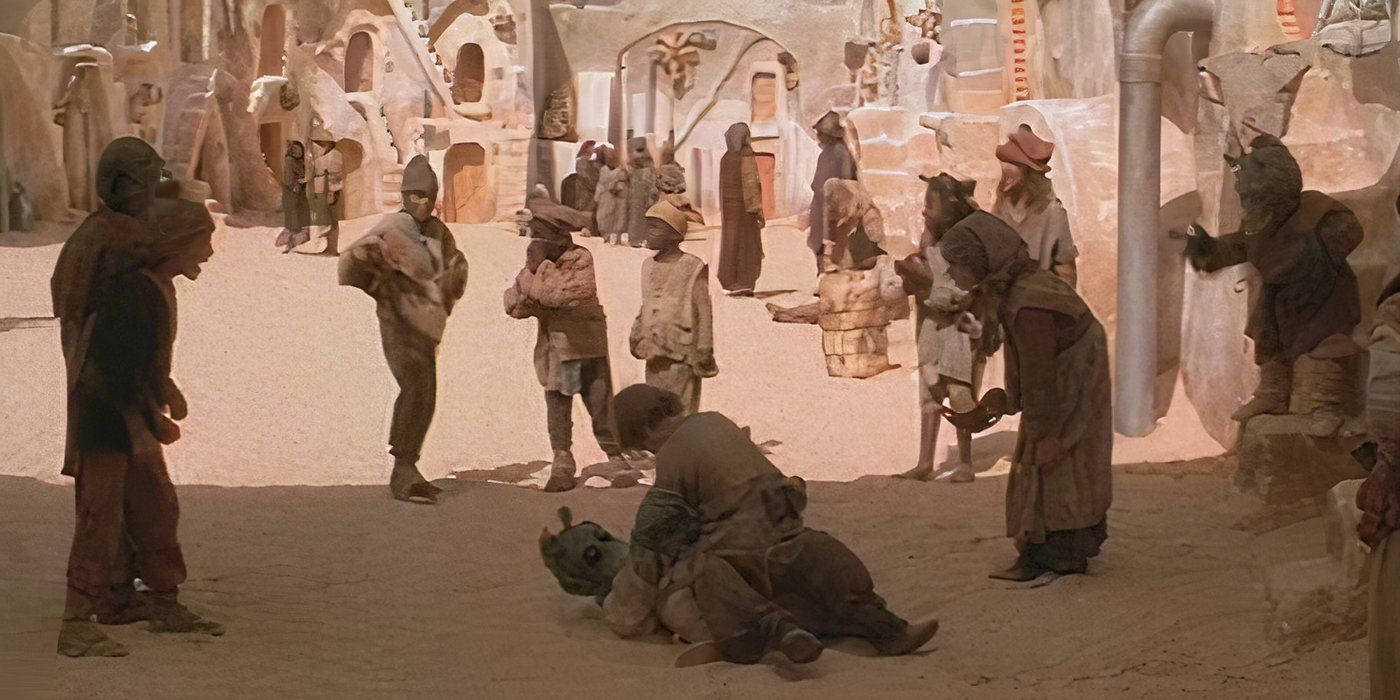
In the vast cosmos I adore, Greedo, seemingly a minor character, has carved an iconic niche within Star Wars lore, thanks to the ongoing, heated debate among fans: who fired the first shot? It’s not just Han Solo who got into a scuffle with this Tatooine resident. In The Phantom Menace, we’re reintroduced to Tatooine, but this time, we meet a young Anakin Skywalker (Jake Lloyd), decades before he transforms into the sinister Darth Vader. Though he appears innocent enough in the final edit, you never know with the Force!
In a previous version of the story, I found myself witnessing a young Anakin, not holding back against a small Rodian creature. Later on, we discover this tiny alien was none other than Greedo. What sets this scene apart isn’t just seeing young Greedo, but rather, it’s the raw and intense anger that Anakin exhibits at such a tender age. This anger, always simmering beneath his surface, is a significant aspect of his character. However, this particular scene was removed, pushing Anakin’s rage to a later film. When we encounter Anakin in Attack of the Clones, his rage seems more like a hormonal outburst or adolescent angst rather than an integral part of his personality.
5
Luke Building His Lightsaber
‘Episode VI – Return of the Jedi’ (1983)
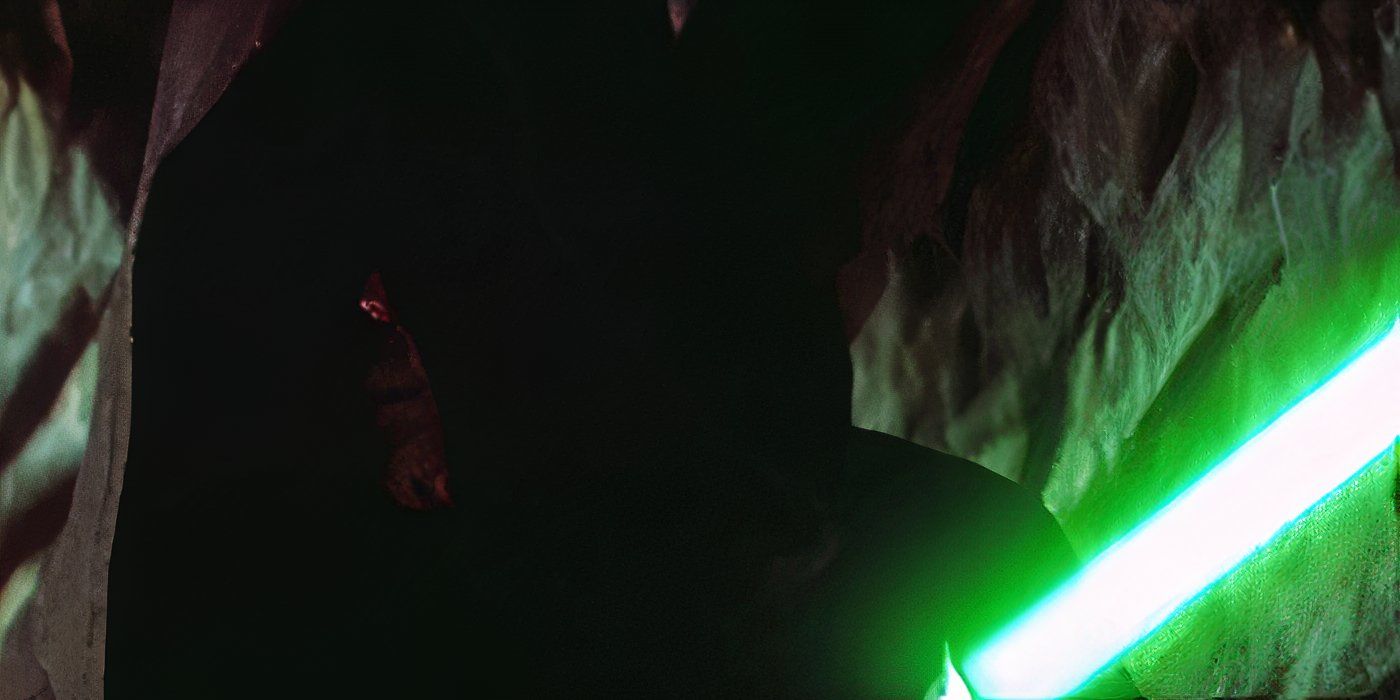
In the movie “Return of the Jedi,” when Luke arrived at Jabba the Hutt’s palace, everyone was wondering the same thing: Where on earth did he get that awesome green lightsaber? As it turns out, Luke built this lightsaber himself. Exactly how he did it isn’t explicitly explained in the film; it’s something you pick up if you’re a Star Wars enthusiast.
In fact, there was a deleted scene where Luke is seen making final adjustments to his sleek new lightsaber. This scene also portrayed Darth Vader attempting to persuade Luke into embracing the Dark Side through telepathic communication. Although this scene may not be necessary for the overall plot, it would have been interesting to establish some canonical background on the origin of Luke’s green lightsaber.
4
Padmé Preaches to the Senate
‘Episode II – Attack of the Clones’ (2002)
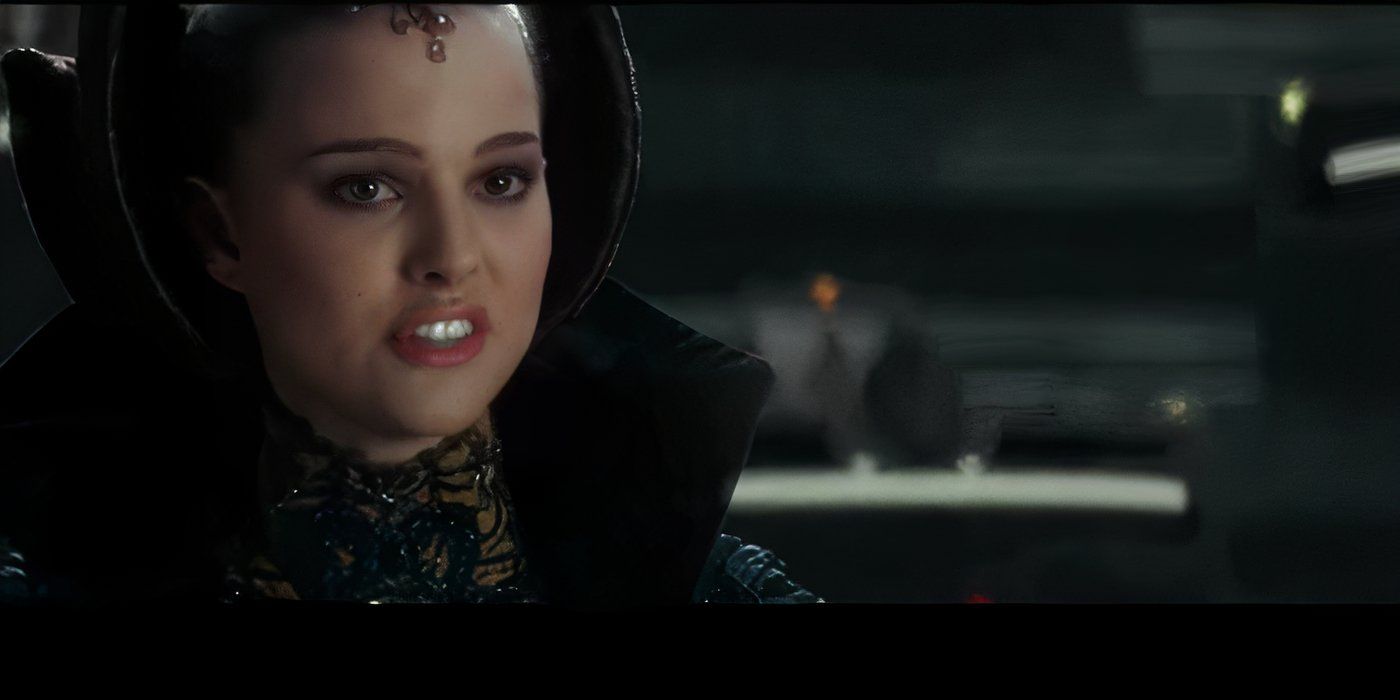
In the Galactic Republic, Padmé (Natalie Portman) held significant political influence and spoke out fervently. However, as the prequel series unfolded, she transitioned from being a prominent politician into a secret admirer of Anakin. The movie “Attack of the Clones” included an intriguing deleted scene, where Padmé confronts the Senate shortly after her first assassination attempt. She passionately argued against and denounced the formation of a Grand Army of the Republic.
This sequence foreshadows another attempt on her life and showcases Padmé’s prowess in political arenas, emphasizing her influence as a genuine political powerhouse. However, we understand why George Lucas decided to omit this scene, for if Padmé had given that speech in the Senate, it’s doubtful they would have sanctioned the Grand Army. This is just our interpretation of how things might have transpired.
3
Palpatine Orders Endor’s Destruction
‘Episode VI – Return of the Jedi’ (1983)
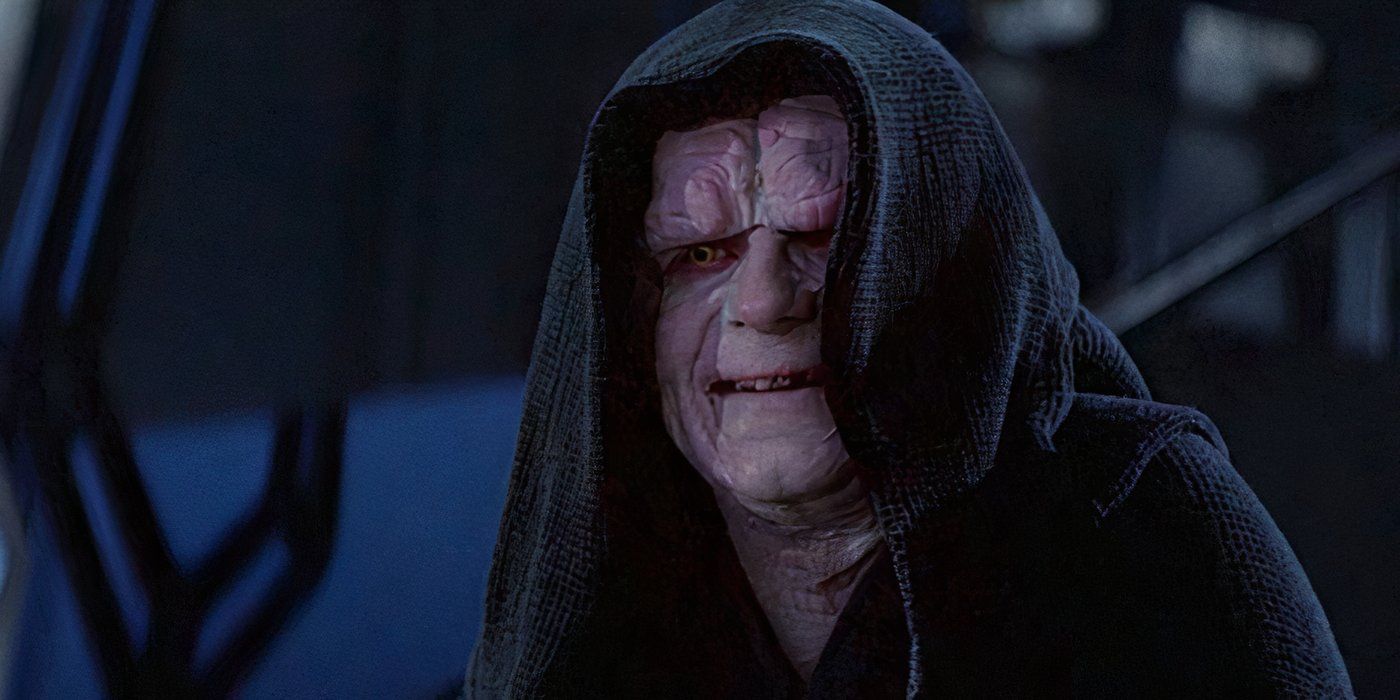
In essence, the majority of the missing details in the Star Wars saga only subtly alter its narrative flow. However, the final three events drastically rewrite everything we know: In the climax of Return of the Jedi, not one but three significant battles unfold simultaneously. The Battle of Endor, where Han, Leia, and the Ewoks clash with Stormtroopers and AT-ST Walkers, takes place on land. Simultaneously in space, Lando (Billy Dee Williams) and a band of rebels engage an armada of TIE Fighters. Lastly, the most extraordinary battle unfolds within the Death Star, as Luke, Darth Vader, and Emperor Palpatine engage in their climactic confrontation.
Prior to Luke confronting Vader in an intense lightsaber battle, Emperor Palpatine reveals one final wicked plan in an omitted sequence. He commands his troops to activate the Death Star and annihilate the moon of Endor, thereby eradicating the Rebels there as well as their own Imperial soldiers. This action underscores Palpatine’s true evil nature and his willingness to go to great extremes to prevail. It significantly escalates the urgency of the movie’s climax, forcing Luke and the rebels into a desperate race against time, aiming to dismantle the Death Star before it demolishes Endor, potentially wiping out half of its main characters.
2
Mention of the Sith
‘Episode IV – A New Hope’ (1977)
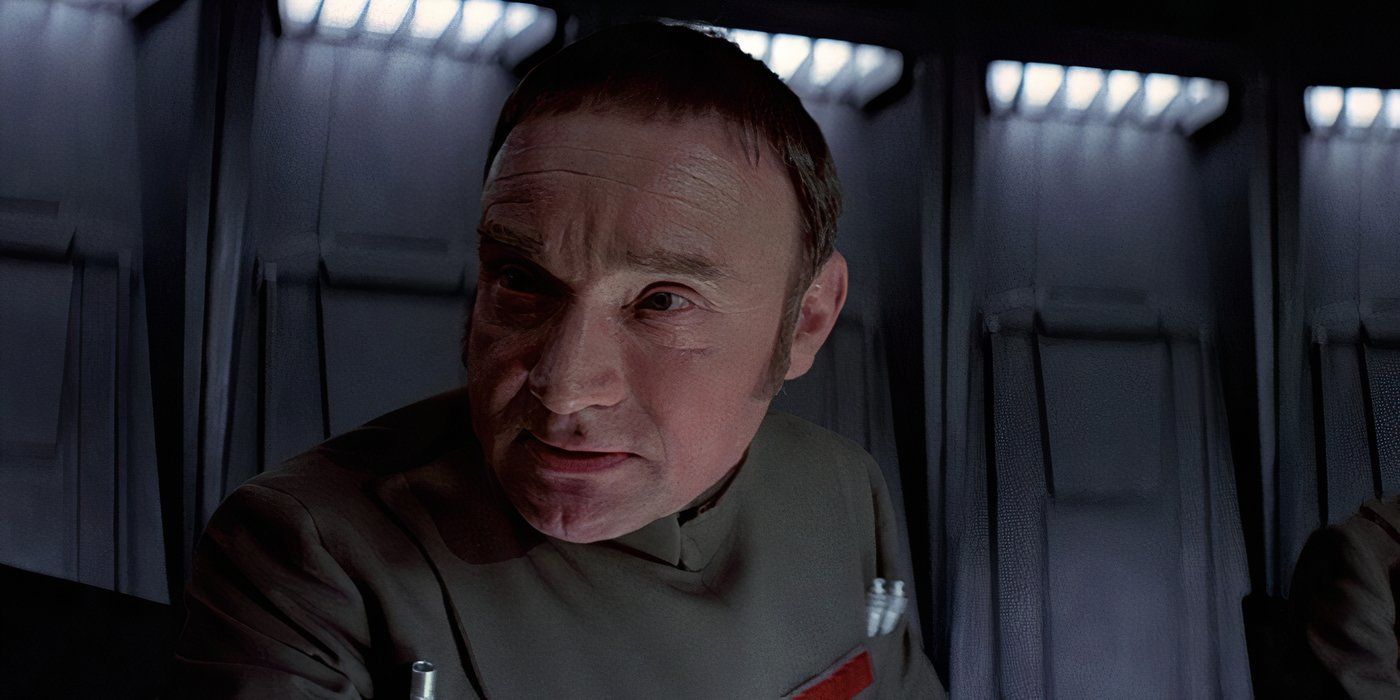
Many Star Wars movie enthusiasts didn’t know about the Sith until George Lucas’ prequel series. To them, the term was freshly coined in The Phantom Menace, denoting the Dark Side users who clashed with the Jedi. It was only then they knew what to call characters like Palpatine and Darth Vader! However, this is not entirely accurate. In reality, the Sith were referenced in the original trilogy, albeit in a scene that was later deleted.
In 1977’s “Star Wars: A New Hope,” during a gathering of the Death Star’s top officials, General Tagge (Don Henderson) kicks off his criticism of Darth Vader, warning that the so-called “Sith lord” dispatched by the Emperor would be their downfall. Indeed, he was correct; Vader played a significant role in the Empire’s demise. However, it’s crucial to note that this is the first time the Sith were mentioned in the Star Wars saga canonically, indicating that the Sith have been integral to the Star Wars universe since its inception, as opposed to being created for the prequel series, unlike midi-chlorians.
1
The Rebellion Is Established
‘Episode III – Revenge of the Sith’ (2005)
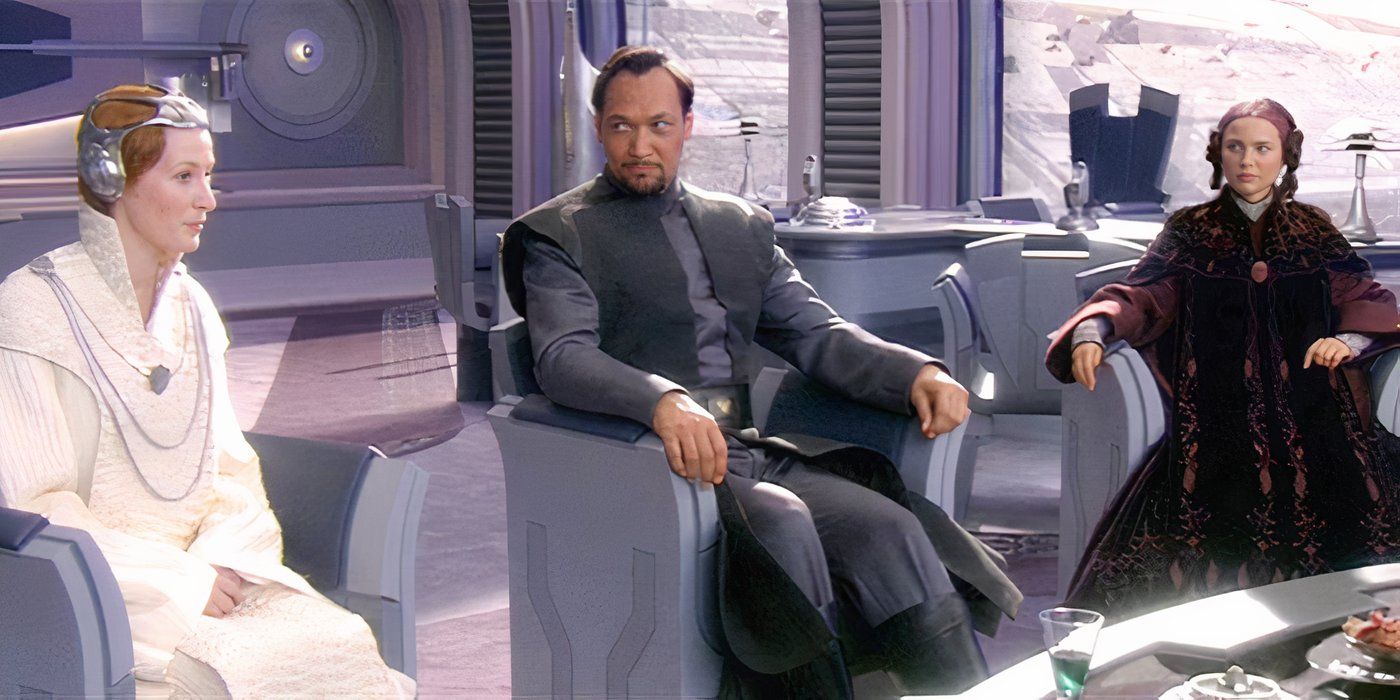
In the original Star Wars trilogy, the Rebel Alliance stands as a crucial element. It serves as the valiant group that clashes against the Galactic Empire, a faction our primary characters often join forces with. Throughout the series, we encounter numerous rebels, but the backstory of how this alliance came into being remains largely unexplored.
In the film “Revenge of the Sith,” there’s a cut scene that offers insight into this enigma. In it, Padmé secretly convenes with Senator Organa (played by Jimmy Smits) and other senators. Their conversation revolves around Palpatine’s seizure of power in the Senate, and they deliberate on ways to counteract him. This scene is pivotal in Star Wars history as it marks the emergence of the Rebel Alliance. It underscores Padmé’s role in its formation, suggesting she was not just a passive figure but an active catalyst in the storyline.
Read More
- 50 Ankle Break & Score Sound ID Codes for Basketball Zero
- Who Is Harley Wallace? The Heartbreaking Truth Behind Bring Her Back’s Dedication
- 50 Goal Sound ID Codes for Blue Lock Rivals
- Mirren Star Legends Tier List [Global Release] (May 2025)
- KPop Demon Hunters: Real Ages Revealed?!
- Elden Ring Nightreign Enhanced Boss Arrives in Surprise Update
- 100 Most-Watched TV Series of 2024-25 Across Streaming, Broadcast and Cable: ‘Squid Game’ Leads This Season’s Rankers
- Here’s Why Your Nintendo Switch 2 Display Looks So Blurry
- Death Stranding 2 Review – Tied Up
- Pacers vs. Thunder Game 1 Results According to NBA 2K25
2025-04-21 00:04